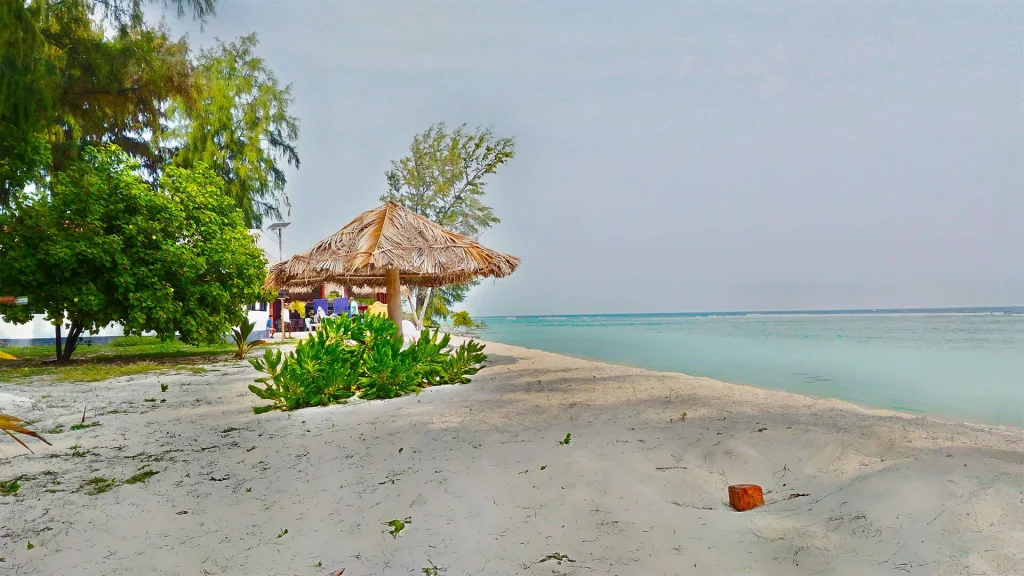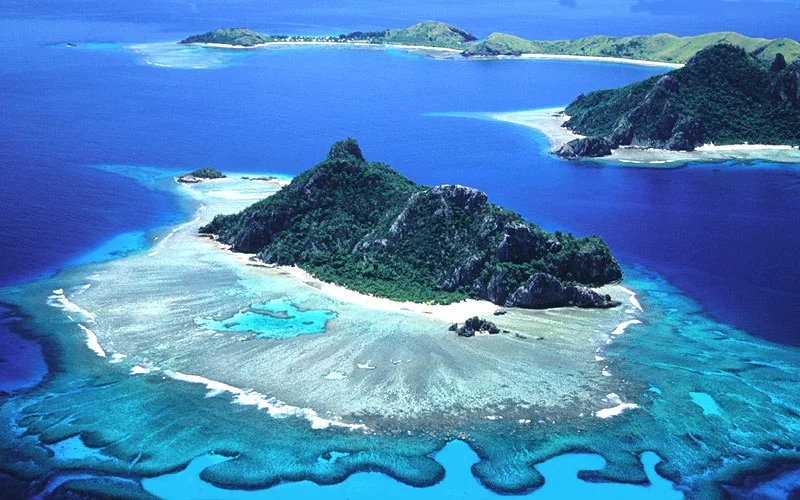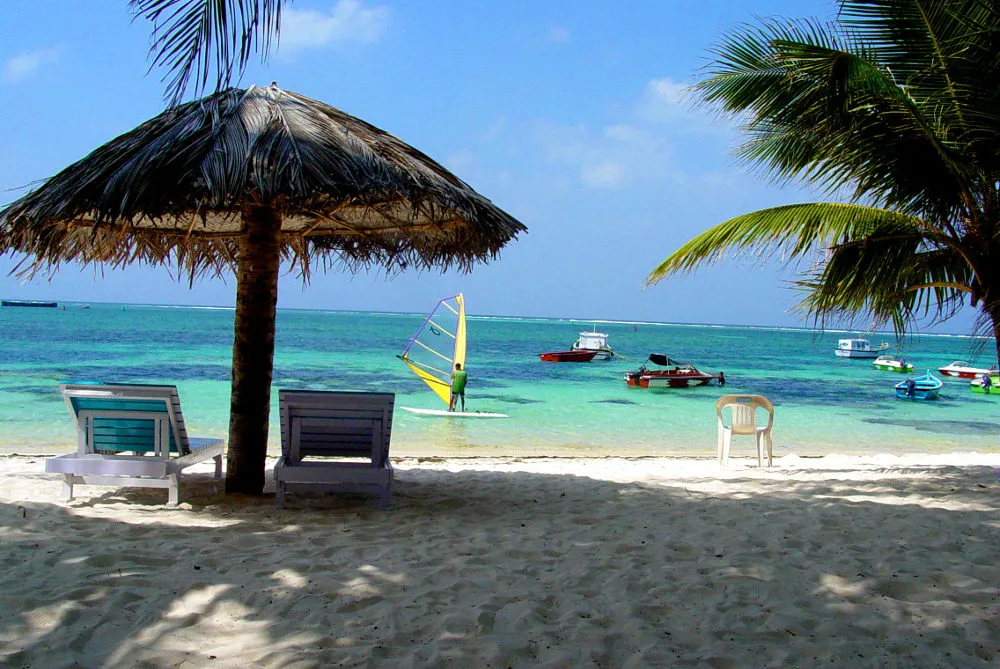Lakshadweep Family Tour Package
Lakshadweep Honeymoon Tour Package
Lakshadweep Luxury tour Packages
Lakshadweep Sports Tour Package
Lakshadweep Tour Package
Lakshadweep Family Tour Package
Lakshadweep Honeymoon Tour Package
Lakshadweep Luxury tour Packages
Lakshadweep Sports Tour Package
Lakshadweep Tour Package
Lakshadweep Family Tour Package
Lakshadweep Honeymoon Tour Package
Lakshadweep Luxury tour Packages
Exploring Lakshadweep in March: A Perfect Month for Adventure and Culture
Lakshadweep is an amazing spot! In the Arabian Sea, there’s a beautiful group of islands called Lakshadweep, made up of 36 islands, each special in its own way. When March comes and the weather gets warmer, Lakshadweep becomes a great place for people who want to have fun and relax. It has colorful coral reefs, green scenery, and a cool local culture, which is why more and more visitors are finding out about this tropical paradise! If you love diving and exploring the ocean or just want to enjoy the peaceful beauty of nature, Lakshadweep during March is a fantastic place to visit! But if it’s your first time there, you might feel a little confused about what to do. In this article, we’ll share the amazing things you can see and do in Lakshadweep in March, so you can have the best time and enjoy the beautiful islands.
Book here Lakshadweep tour packages.
Why is March Month Perfect for a Lakshadweep Trip?
March is a great time to visit Lakshadweep because the weather is nice and the scenery is beautiful. This month is when winter starts to turn into summer, so it’s warm but not too hot, which is perfect for fun outdoor activities like snorkeling, scuba diving, and exploring the beaches. The clear blue waters and colorful coral reefs are amazing in March, making it a wonderful time for people who love nature and adventure. Plus, since it’s just before the busy tourist season, there are fewer people around, so it’s a more peaceful and relaxing time to enjoy this lovely island paradise.
Weather Conditions of Lakshadweep in March
In March, Lakshadweep has warm and nice weather, which makes it a great time to visit this beautiful group of islands. The temperatures usually range from 25°C to 32°C (77°F to 90°F), and there are gentle ocean breezes that help keep things from getting too hot. It can be a bit humid, but being near the ocean feels nice and cool. There isn’t much rain in March, so there’s lots of sunshine and clear skies for fun activities like snorkeling, diving, and exploring the lovely beaches. Overall, the weather in Lakshadweep in March is perfect for visitors and people who love nature.
Top Places to Visit in Lakshadweep in March
1. Kadmat Island

Kadmat Island, known as a diver’s paradise, offers some of the best coral reefs and marine biodiversity in Lakshadweep. With snorkeling and scuba diving options, visitors can explore vibrant coral gardens teeming with fish and other sea life. The island has calm lagoons that are ideal for kayaking, while its marine museum provides insight into the rich local ecology. Known for its shallow reefs, Kadmat is suitable for beginner snorkelers as well. Visitors can also enjoy sunbathing on its sandy beaches. Kadmat is an essential stop for those fascinated by Lakshadweep’s underwater treasures.
2. Kalpeni Island

Kalpeni Island is famed for its expansive and scenic lagoon, offering some of the best spots for water sports like snorkeling and kayaking. The island’s waters are exceptionally clear, making it easy to admire the underwater world. With picturesque views, Kalpeni is especially magical at sunset, as the sky reflects beautifully on the lagoon. Popular activities include reef walking and engaging with the local community to learn about Lakshadweep’s culture. Kalpeni’s laid-back vibe and natural beauty make it ideal for families and beach lovers alike. It’s a must-visit for anyone seeking tranquility in nature.
3. Minicoy Island

Minicoy Island stands out for its unique cultural heritage, with its dialect and customs that reflect its Maldivian influence. Known for traditional village tours and the historic lighthouse, Minicoy offers visitors a blend of scenic and cultural experiences. The island is famous for tuna fishing, which is a central part of the local economy and culture. Minicoy’s lagoon is breathtaking, offering calm waters that are perfect for swimming and kayaking. Local dance performances and cultural activities provide insight into the island’s distinct identity. Minicoy is an excellent choice for travelers interested in heritage and natural beauty.
4. Kavaratti Island

As the capital of Lakshadweep, Kavaratti Island combines cultural landmarks with natural beauty, making it a well-rounded destination. The Ujra Mosque is a must-see, known for its beautiful wooden carvings and historical significance. Kavaratti’s marine aquarium showcases diverse fish and coral, offering a chance to learn about local marine biodiversity. The island’s lagoon is perfect for kayaking, snorkeling, and enjoying the pristine beach. With more infrastructure than other islands, Kavaratti is convenient for tourists looking for comfort and accessibility. It’s a lively spot where nature meets local culture and history.
5. Pitti Island

Pitti Island, an uninhabited sanctuary, is a haven for birdwatchers and nature photographers. It is a designated bird sanctuary, attracting flocks of seabirds, particularly terns, which nest on the island. This secluded spot offers an intimate experience with Lakshadweep’s natural world, untouched by human habitation. Pitti is accessible by boat, making it a great stop on a multi-island tour. The island’s isolation and protected status make it a unique site for observing coastal bird species in their natural habitat. Pitti Island is ideal for wildlife enthusiasts seeking a pristine and serene environment.
What should you pack for the March trip to Lakshadweep?
1. Clothing Essentials: Pack light, breathable clothes like cotton T-shirts, shorts, and dresses to stay cool in warm weather. Swimwear and cover-ups are must-haves for beach days and public areas.
2. Footwear: Bring waterproof sandals or flip-flops for beaches and water sports, plus comfortable sneakers for exploring on foot.
3. Sun Protection: A high-SPF sunscreen is essential to guard against strong sun; add a hat and sunglasses for full coverage.
4. Beach and Water Activity Gear: Consider bringing your snorkel mask, plus a waterproof bag and quick-dry towel for convenience on beach outings.
5. Toiletries and Personal Items: Pack basic toiletries, as some may be hard to find, and bring insect repellent and a mini first aid kit for safety.
6. Documents and Money: Don’t forget your government permit and ID for entry, along with enough cash, as ATMs are limited.
7. Electronics and Photography: A camera and waterproof phone case will help capture memories, while a power bank keeps devices charged on the go.
8. Reusable Items: A Reusable water bottle and bags are eco-friendly essentials for staying hydrated and reducing single-use plastic.
Tips for traveling to Lakshadweep in March
1. Secure Permits in Advance: Permits are mandatory for all travelers to Lakshadweep, so apply well ahead to avoid delays. Indian citizens can obtain permits through local tour operators, while international tourists may have specific island restrictions.
2. Book Accommodation Early: March is popular due to pleasant weather, so book your stay early to secure good accommodations. Lodging options are limited on most islands, so booking is essential.
3. Pack Sun Protection Essentials: Lakshadweep’s sun can be intense, so bring high-SPF sunscreen, a hat, and UV-protection sunglasses. Reapply sunscreen regularly, especially after water activities, to avoid sunburn.
4. Carry Enough Cash: ATMs and card facilities are limited on the islands, so bring enough cash for daily expenses. Resorts and local vendors may only accept cash, making it essential for travel.
5. Respect the Local Environment: Lakshadweep is an eco-sensitive zone, so avoid single-use plastics and dispose of waste responsibly. Follow the “Leave No Trace” principle to help preserve the pristine beaches and marine life.
6. Stay Hydrated and Mindful of Food Choices: The warm climate makes staying hydrated a priority, so bring a reusable water bottle to refill. Try the local seafood but be mindful of any allergies, as options might be limited.
7. Plan for Limited Connectivity: Internet access and cell signal may be weak or limited on some islands. Download maps, travel guides, and offline entertainment in advance, and inform your family about possible connectivity gaps.
Conclusion
In conclusion, Visiting Lakshadweep in March offers a unique blend of tranquil beaches, vibrant marine life, and warm, inviting weather. The islands’ natural beauty, clear waters, and diverse underwater ecosystems make it a paradise for snorkeling, diving, and simply relaxing by the ocean. While the region’s eco-sensitive environment calls for mindful travel, it enhances the overall experience, allowing you to immerse yourself in an unspoiled, peaceful paradise. With careful planning—securing permits, booking early, and packing essentials—you’ll be set for an unforgettable getaway to this tropical gem.
Here you can also check our Lakshadweep tour packages.
People also ask about Lakshadweep in March
1. Do I need a permit to visit Lakshadweep?
Yes, all visitors need a permit to enter Lakshadweep. Indian citizens can obtain it through local tour operators or online, while international tourists have specific island restrictions and must arrange permits in advance.
2. Are there ATMs on the islands?
ATMs are limited on the islands, so it’s best to carry enough cash for daily expenses and any emergencies. Some resorts may accept card payments, but cash is more widely accepted.
3. What are the best activities in Lakshadweep in March?
March is ideal for snorkeling, scuba diving, kayaking, and glass-bottom boat rides due to the clear water and calm sea. You can also explore local villages, enjoy beach walks, and visit marine museums on some islands.
4. What is the accommodation availability in March?
March is a popular month for tourism, so accommodations can fill up quickly. Booking in advance is highly recommended to secure a place in your desired location and avoid last-minute issues.
5. Is there good internet connectivity in Lakshadweep?
Internet and cell connectivity can be spotty or limited on many islands. While some resorts offer Wi-Fi, download any necessary information, maps, or entertainment beforehand if you need reliable access.
6. What food options are available in Lakshadweep?
Lakshadweep offers a mix of local and Indian cuisine, with fresh seafood as a highlight. However, choices may be limited on smaller islands, so it’s best to be flexible and try the local offerings.
